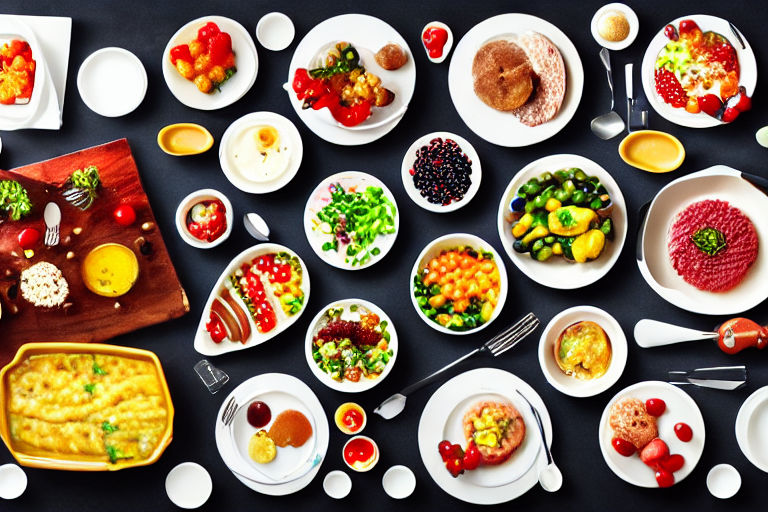The Art of Food Presentation: The Do's and Don'ts of Plating
When it comes to creating a memorable dining experience, the presentation of a dish is just as important as its taste. In fact, the way that food is presented can often make or break a customer's first impression of a restaurant. In this article, we will dive into the do's and don'ts of plating in order to help you create beautiful and appetizing dishes.
The Do's
1. Use Color
Adding color to your dish is a surefire way to make it aesthetically pleasing. Brightly colored vegetables, fruits, and garnishes can add a pop of color to your dish and make it look more appetizing.
2. Use Versatile Plateware
Using versatile plateware can make the plating process much easier. Utilizing plates of different shapes and sizes, for different dishes, can bring more visual interest to the table, which in turn makes diners more excited to eat what is served.
3. Use White Space
One of the most important elements of plating is using white space. White space refers to the areas on the plate that are left empty. This allows the food to stand out and makes the plate look more elegant.
4. Focus on Balance
When plating a dish, it is important to balance out the components of the dish. This means placing an appropriate amount of each item on the plate so that, for example, one ingredient doesn't overshadow others.
The Don'ts
1. Overcrowd the Plate
One of the biggest mistakes that chefs and home cooks make when plating food is overcrowding the plate. This makes it difficult for diners to appreciate each component, and can make the dish look messy and unappetizing.
2. Avoid Clashing Colors
While using color is important, it's also crucial to make sure that the colors on the plate don't clash. Colors that are too similar or too different can make the dish look unappetizing.
3. Don't Overcomplicate
When it comes to plating, less is often more. Trying to put too much on the plate can cause the dish to look too busy, which can detract from the diners' enjoyment of the meal.
4. Avoid Fussy Garnishes
While garnishes can add a nice touch to a dish, it's important to avoid making them too fussy. Diners want to enjoy their meal, not have to remove a mountain of parsley from their plate.
In conclusion, while the taste of a dish is obviously important, the presentation can make a huge difference in how diners experience the meal. By following these do's and don'ts of plating, you can create visually stunning and appetizing dishes that will leave diners talking about their meal for days to come.



